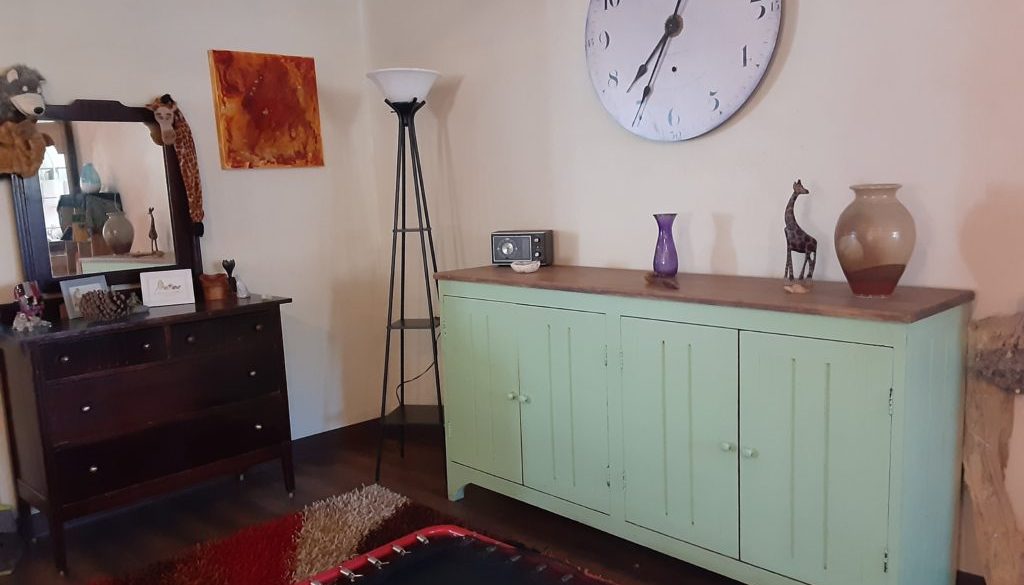Beauty in the Classroom
It seems like forever since my last blog post. I have been extremely busy promoting Wah’-shă
Academy behind the scenes. I am looking forward to some exciting times ahead.
So, I am behind in showcasing various aspects of the curriculum, but am very excited to share why ‘beauty’ is a value that is prioritized at Wah’-shă, as well as many other alternative schools.
This is up for me because I just purchased a piece of art from local Crested Butte Artist, Kathleen Sullivan Esposito. I saw this piece at her house, and thought it would look great in the first / second grade area of the classroom. The backstory of the piece shares a struggle of emotions during the energy crisis. If you have a moment, visit her website: www.leenyrising.com


Often, when you walk into one of these schools, you are welcomed with a neat, orderly, and tidy classroom. Nearly everything is natural, organized, and beautifully displayed. You might see beautiful ceramic flower vases, precious objects from various countries, a diffuser dispensing subtle aromas, almost as if you are in a home. You might even notice that you feel peaceful, and tranquil.
For the teacher, it is obvious that this atmosphere helps students to relax and stay calm. We know that this atmosphere is conducive to accommodating curiosity, exploration, and discovery. We also know that the result of these attributes, is learning.
Not only do we display materials (curriculum), décor, and other’s art so beautifully, but we display the children’s work beautifully as well. This is from our newest enrollee:

Because I can’t write it any better myself, Montessorium writes, about Maria Montessori, in its April 18, 2017 article:
In The Absorbent Mind, one of her most famous treatises, she writes about the acquisition of “knowledge”, or how children come to learn in an environment:
“It begins with a knowledge of his surroundings,” she writes. She then goes on to provoke, in a rather philosophical line of inquiry, “How does the child assimilate his environment?”
As she explains,
“He does it solely in virtue of one of those characteristics that we now know him to have. This is an intense and specialized sensitiveness in consequence of which the things about him awaken so much interest and so much enthusiasm that they become incorporated in his very existence.”
While that may seem a bit overcomplicated, basically, what she is saying is that through the environment the child awakens his or her interest. It is during these periods, what Montessori calls “sensitive periods”, that children are more susceptible to learn.
While traditional classrooms seize upon this moment to offer external stimulation to provoke internal interest, Montessori subdues the external stimulation, in order to awaken the internal desire to learn.


